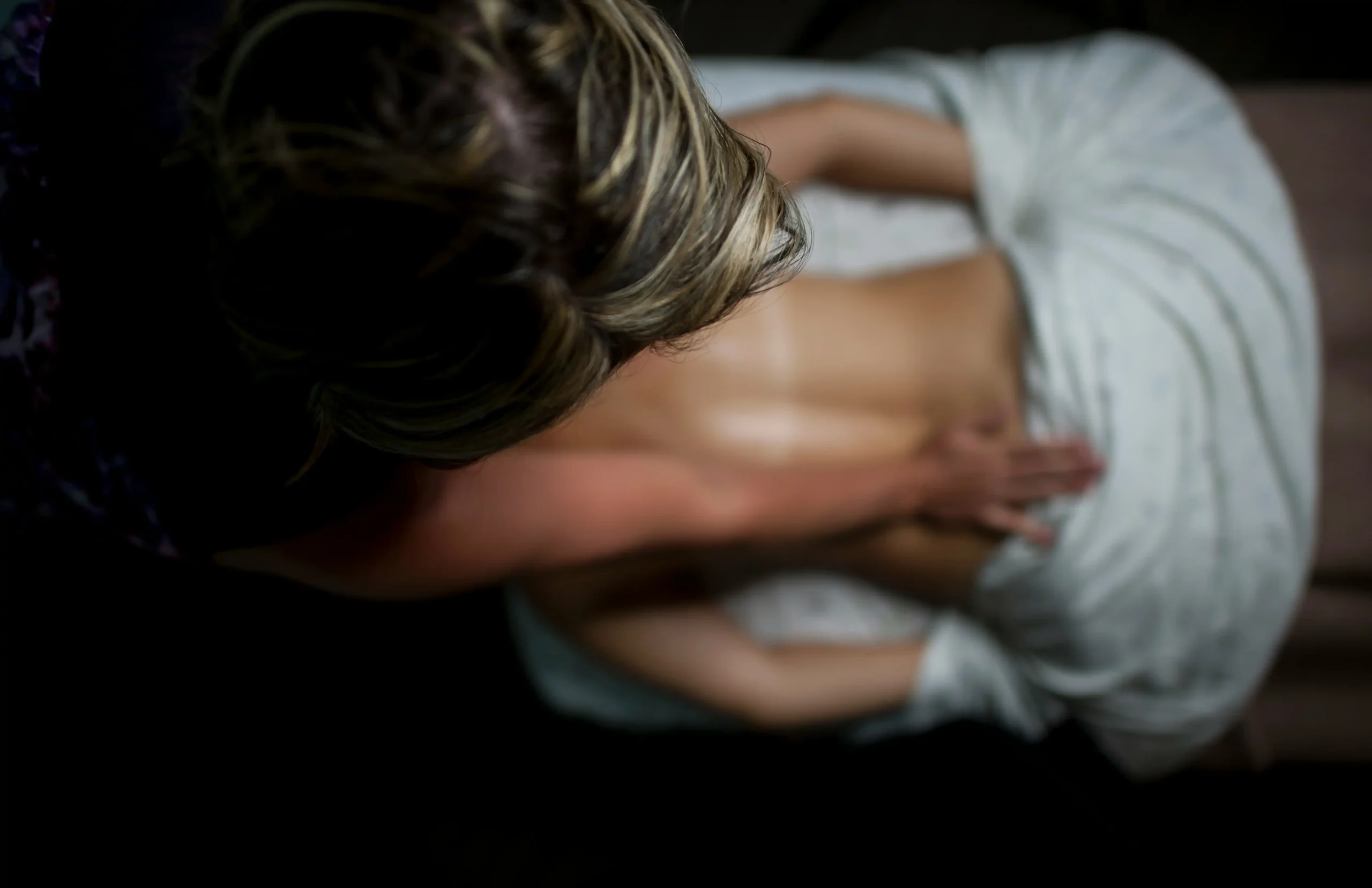Pregnancy is undoubtedly a magical time in a woman’s life, but it is also a time that radically changes her body. It is said that pregnancy is not a disease, but surely it is a neutral state for the female body? Reality shows us that pregnancy is not only a developing fetus, but also a difficult challenge to the body’s internal organs and balance.
When society thinks about women after childbirth, it often focuses on the outward appearance, especially the protruding belly. However, this is just the tip of the iceberg. Yes, the skin stretches and stretch marks appear, but the real changes take place inside a woman’s body. Few of us realize what a revolution the pregnancy process brings with it. What really happens to the female body during this special period?
Table of Contents:
- What is pregnancy for a woman’s body?
- Getting back in shape is not just a matter of appearance
- Exercise after childbirth – gradual activation, not a leap to a “six-pack”
- How to accept your body after childbirth?
What is pregnancy for a woman’s body?
A newborn baby, weighing just a few pounds, can make the abdomen a battleground for internal organs. As the uterus grows, it moves everything around, affecting digestive processes, respiration and even the circulatory system. This baby, without asking permission, takes the place of other organs, creating its own space in the uterus. The implications? More frequent urination, digestive difficulties and impaired access to nutrients for the mother.
It is also worth realizing that it is the baby, using the mother’s blood, that draws the most valuable nutrients from it, which can affect the mother’s health in the postpartum period, after delivery. Women who have experienced pregnancy are more likely to suffer from osteoporosis, as the baby takes calcium from the mother’s blood, which is necessary for the proper development of its bones.
Editorial recommends: Bullying at school and its impact on the psychological development of children and adolescents
Getting back in shape is not just a matter of appearance
Postpartum is a time when a woman’s body needs time to return to its pre-pregnancy state. Studies indicate that it can take up to two years for internal organs to return to their place. That’s why postpartum physiotherapy or rehabilitation is becoming so important, not just treatments to improve external appearance.
Often overlooked is the fact that during childbirth, the pelvic floor muscles are significantly stretched, which can consequently lead to problems with incontinence, back pain, hip pain or postural defects. Neglecting these aspects can affect the comfort of your life in the future, which is why it is so important to take care of your health, not just your physical appearance.

Exercise after childbirth – gradual activation, not a leap to a “six-pack”
Nowadays, we often face social pressure to get back in shape quickly after childbirth. Numerous workouts promising a “six-pack a month after giving birth” may not only be untrue, but also dangerous to your health. Professional postpartum physiotherapy should focus primarily on gradual activation of the body, restoration of balance and prevention of possible complications.
It is worth remembering that a protruding belly after childbirth is a perfectly normal thing, and pregnancy is not only an aesthetic challenge, but also a huge burden on internal organs. That’s why it’s so important that we stop being guided only by external considerations and start caring more about our real health. Physiotherapy, professional medical care and, above all, acceptance and understanding of one’s body are the keys to a full recovery from this magical yet challenging time of pregnancy.
Read also: Late motherhood – mom in her 40s
How to accept your body after childbirth?
Accepting one’s body after childbirth is a unique and individual process that requires time, understanding, and gentleness to oneself. Let’s take a look at some practical steps that can help you on this road to full self-acceptance.

Give yourself time
Remember that the process of getting back into shape after childbirth is not instantaneous. Your body has gone through an intense transformation, so it needs time to return to a new balance. Sometimes you need more than just a few weeks, and that’s okay.
Change your perspective
Instead of focusing on how you look in the mirror, direct your attention to what your body has achieved recently. You gave birth to life! This is undoubtedly an amazing achievement that deserves respect and admiration. Look at your body as a tool for creating life, not just as an aesthetic object.
Be patient
The process of acceptance takes time, and the body can undergo changes even months after delivery. Patience avoids unnecessary stress and pressure to quickly return to pre-pregnancy form.
Practice self-complementation
Instead of focusing on what you consider imperfections, find aspects of your body that inspire gratitude. Emphasize your strengths and appreciate what your body can do.

Ask questions
It is worth understanding the changes that occur in the body after childbirth. Talk to your doctor or physical therapist to understand what to expect, how to take care of your physical and mental health, and how to safely return to physical activity.
Every body is unique, and comparing yourself to other mothers or social media images can lead to unhealthy pressure. That’s why it’s worth focusing on your own path and setting your sights on a personalized approach to accepting your body after childbirth. It is definitely a “journey” and not a sprint.
The editors recommend: Getting back in shape after pregnancy. Lewandowska, Rozenek, Opozda – which exercises did she choose?





